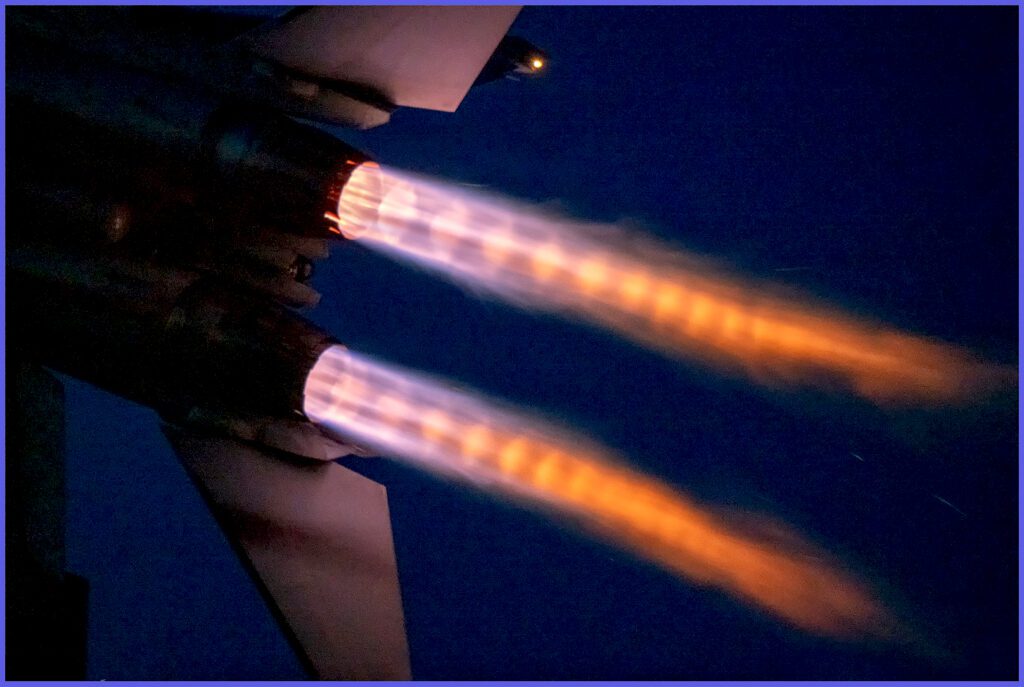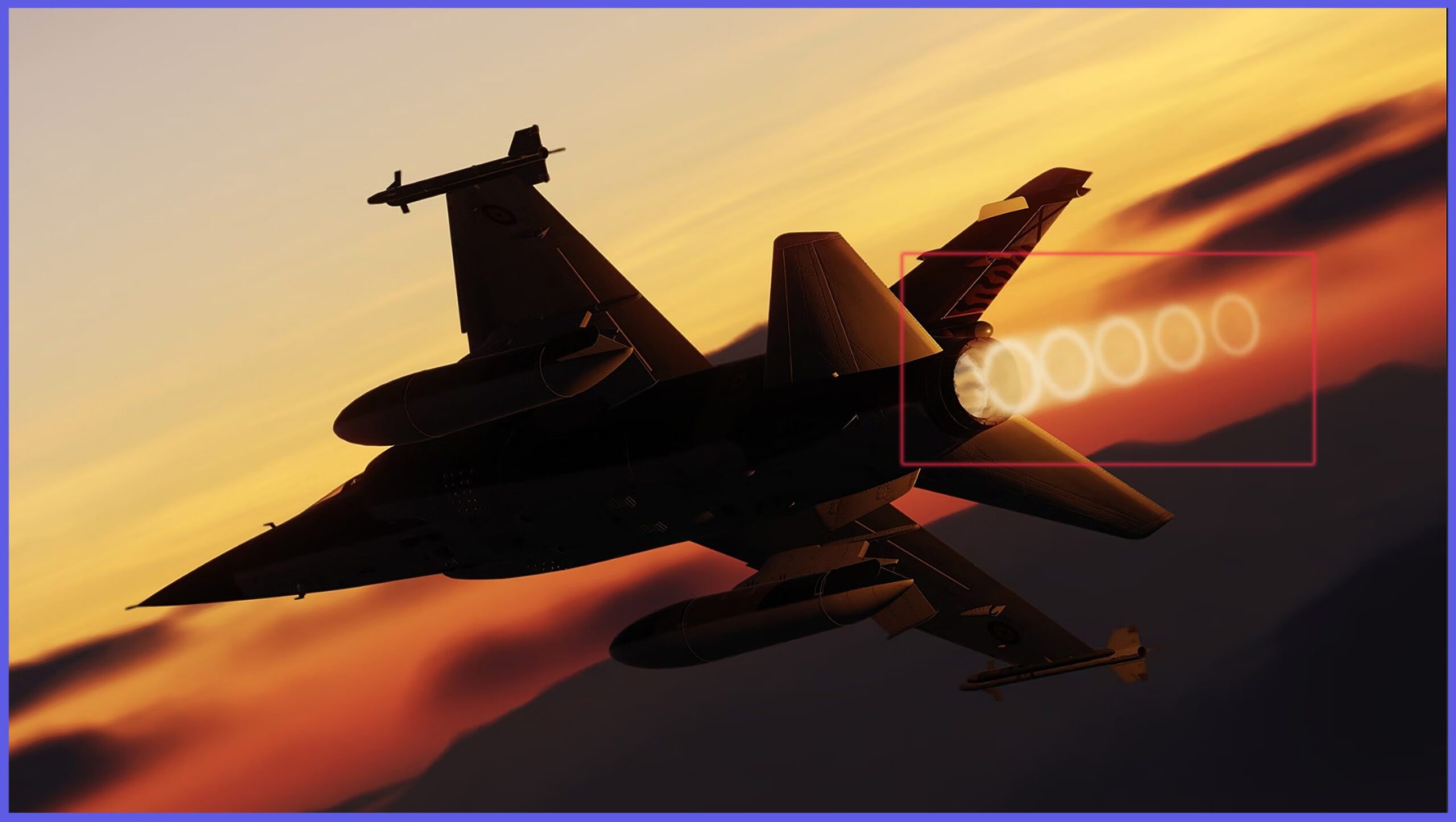A shock diamond, also known as a thrust diamond or Mach disk, is a formation of shock waves in the exhaust plume of a supersonic jet engine, typically seen in rocket and jet engine exhausts.
Let’s Discover the Science of Shock Diamond Patterns Formations appear as a series of bright and dark bands or diamond-shaped patterns due to the periodic over-expansion and under-expansion of exhaust gases.
This phenomenon occurs when the pressure of the exhaust gases significantly differs from the atmospheric pressure, causing a series of oblique shock waves and expansion fans.

As the exhaust exits the nozzle, if it is over-expanded (pressure lower than atmospheric pressure), the flow will compress through a series of oblique shocks until the pressure increases to match the atmospheric pressure. During takeoffs, the exhaust is generally over-expanded at low altitudes, where there is higher air pressure.
On the contrary, if the exhaust is under-expanded (pressure higher than atmospheric pressure), it will expand through expansion fans until it decreases to atmospheric pressure.
These alternating compression and expansion processes give rise to the distinct diamond patterns that become visible in the supersonic exhaust plume of aerospace propulsion systems, including supersonic jet engines, rockets, ramjets, or scramjets, when they operate within an atmosphere.
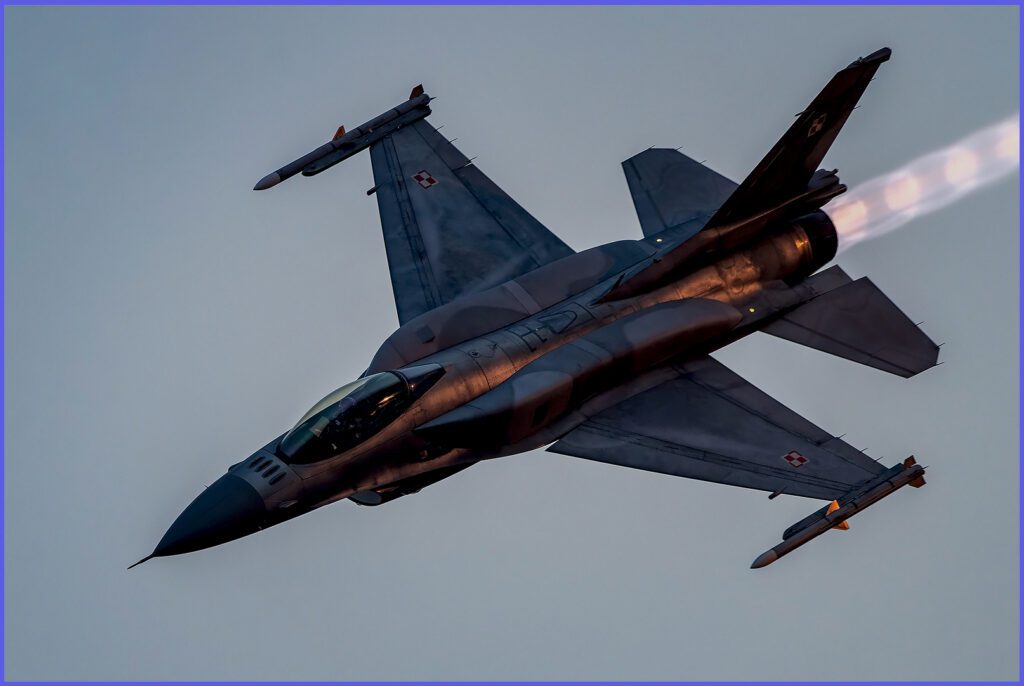
When the compressed flow aligns parallel to the centre line, it generates a shock wave perpendicular to the flow, known as a shock wave or Mach disk, and the region between it and the nozzle is termed the “zone of silence.”
Shock diamonds not only possess a visually striking appearance but also signify efficient combustion and appropriate nozzle design. Their prominence is heightened during nighttime or when there is a notable contrast between the brightness of the exhaust and the surrounding environment.

A short analysis of shock diamonds in a few FAQs
- What causes the formation of shock diamonds in the exhaust plume of supersonic propulsion systems?
Shock diamonds form due to the interaction between exhaust gases and ambient air pressure. Over-expansion or under-expansion of the exhaust relative to atmospheric pressure leads to alternating compression and expansion, resulting in the formation of oblique shock waves and expansion fans, creating distinctive diamond patterns.

- How do shock diamonds indicate the efficiency of combustion and the design of the propulsion system’s nozzle?
Shock diamonds serve as visual indicators of efficient combustion and proper nozzle design. Their presence suggests that the engine is effectively converting fuel into thrust.
Additionally, the uniformity and clarity of the diamond patterns provide insights into nozzle efficiency and the exhaust’s expansion characteristics, aiding in optimizing propulsion system performance.

- What is the significance of the “zone of silence” in relation to shock diamonds?
The “zone of silence” is a region between consecutive shock diamonds where pressure is relatively constant. It indicates a stable flow condition and optimal expansion of exhaust gases. Understanding this zone helps engineers design propulsion systems for efficient thrust generation and minimizes the formation of unwanted shock waves.
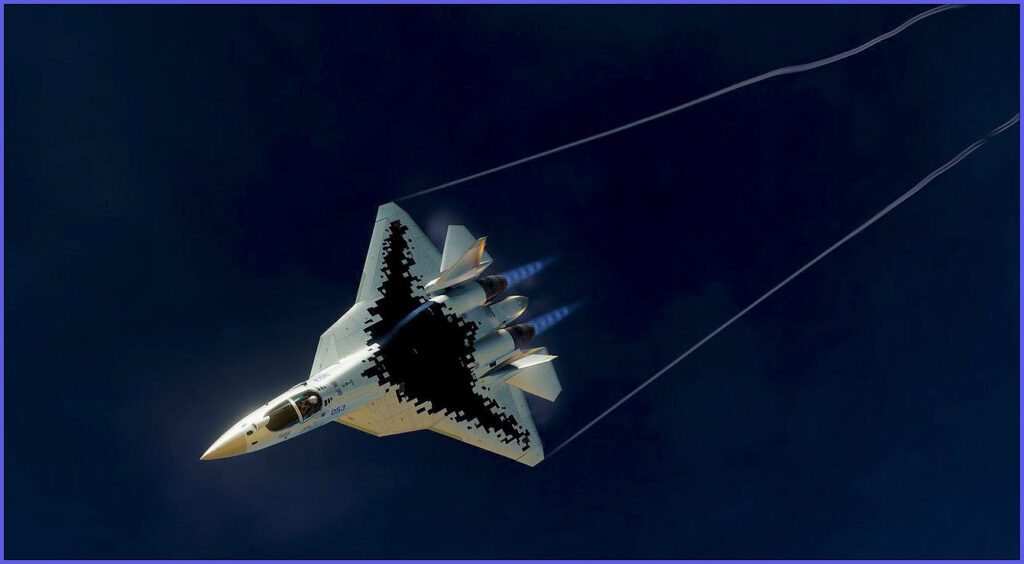
- Under what conditions are shock diamonds most prominently visible to the human eye?
Shock diamonds are most prominently visible to the human eye under conditions of low ambient light, such as during nighttime or in darker environments. Additionally, they are more noticeable when there is a significant contrast between the brightness of the exhaust plume and the surrounding environment.

- What role does atmospheric pressure play in the appearance of shock diamond patterns?
Atmospheric pressure plays a crucial role in determining the appearance of shock diamond patterns. When the pressure of the exhaust gases differs significantly from atmospheric pressure, it leads to over-expansion or under-expansion of the exhaust plume.
This disparity in pressure causes the formation of oblique shock waves and expansion fans, which are the primary mechanisms behind the formation of shock diamonds.
Therefore, atmospheric pressure influences the compression and expansion processes within the exhaust plume, directly impacting the visibility and characteristics of shock diamonds.
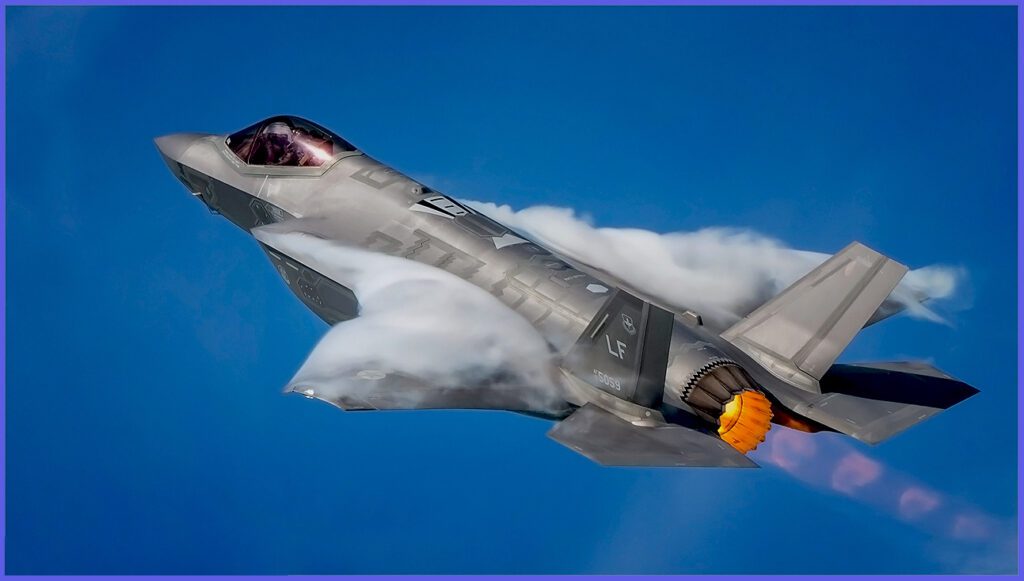
In conclusion, a shock diamond, or Mach disk, is a visually striking formation of shock waves in the exhaust plume of supersonic jet engines, such as those in the latest missiles, rockets, and jets.
These patterns result from periodic over-expansion and under-expansion of exhaust gases due to pressure differences with the atmosphere. The alternating compression and expansion create oblique shock waves and expansion fans, forming the distinctive diamond shapes.
Shock diamonds, especially visible during takeoff or in high-contrast environments, indicate efficient combustion and proper nozzle design, highlighting their importance in optimizing aerospace propulsion systems.
